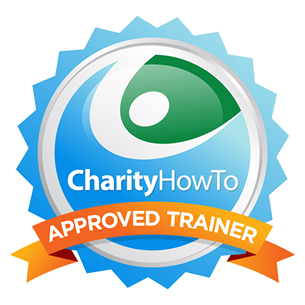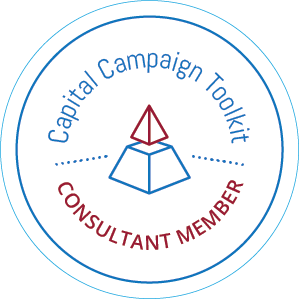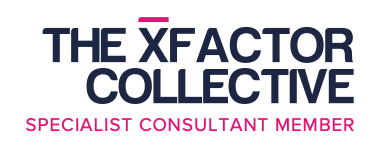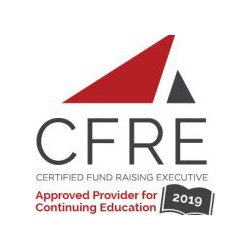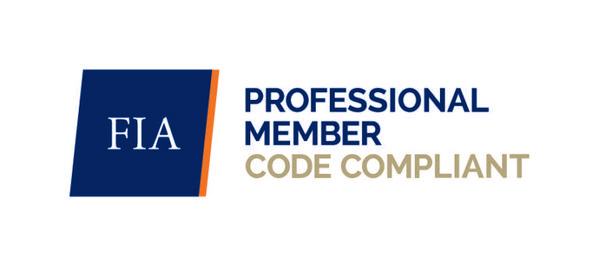It is year-end campaign planning time.
Far too often I see organizations using a blanket approach with their donor base. With a few minor tweaks in their strategy, they can increase their revenues by a third, sometimes even double.
What strategies do I recommend?
Well, what I often see is that one of the most overlooked areas of planning in small to mid-sized nonprofits is segmentation and personalization of their campaigns.
What do I mean, don’t send everyone the same letter for starters.
Let me share with you steps on how to segment and then personalize your year-end fundraising efforts.
1 – Start by determining all of your different donor segments and audiences. For instance, you may have Board members, Honorary Trustees, major donors, planned giving donors, monthly donors, lapsed donors, LYBUNTS, loyal and consistent donors, staff, volunteers, etc.
2 – Once you have your “buckets” of possible segmented donors, then begin to think about your various approaches to them. For instance, with major donors “hold” their letters, and instead engage the Board of Directors in making personal visits and calls. Also, have designated staff members conduct an in-house campaign.
3 – Once you have determined your specific strategies for segments, you will move to creating your actual solicitation approaches. For personal and telephone solicitations, you may need a “pre-call” letter and a packet of collateral materials with the letter prepared.
4 – For the bulk of your segments, you will probably be utilizing some form of direct mail appeal. Do NOT use a “Dear Friend” letter. In today’s age, mail merging even in office is easy and simple to do.
5. I do NOT recommend using a generic, blanket letter approach. Instead, you want to custom tailor a letter for each segment identified. What do I mean? Well, in most cases, you are not going to create an entirely new letter for each segment. What I recommend you do is creating a paragraph or two of custom-tailored text that you will insert into a “base” letter. You may have loyal and consistent donors who have been giving to you for multiple years. In this case, you may have a paragraph front and center that thanks them for all their past support of the organization. For a sample of segments and custom tailored text, email me!
6 – You may also personalize gift strings. Personalizing gift stings helps to upgrade donors to a higher giving level. There are many formulas to use, but pick one and be consistent.
7 – Once you custom tailor the letter and the gift strings, then you need to determine if you will use a “lift” note or write personal notes right on the letters themselves and to what segments of donors are you using this technique.
8 – Determine how you are going to mail these letters. Major donors you may want to consider sending a personalized letter with a first-class stamp. Other donors you may want to use a non-profit pre-cancelled stamp or bulk mail indicia.
9. All of these techniques can be done for your online audiences as well. You can custom tailor segments in your email marketing provider program, create separate emails, and email out to them. Don’t forget when doing second or third emails to filter out all those who have given by using a dynamic filter.
So there you have the simple steps that you can immediately take to enhance your year-end fundraising campaign to inspire your donor’s sights to support your charitable mission.
These are the same steps that I use when designing and implementing my client’s year-end fundraising campaign. And, they work!
For more simple steps that you can immediately take to enhance your year-end fundraising campaign to inspire your donor’s sights to support your charitable mission, feel free to contact me and schedule a 15-minute consult to discuss your specific campaign.
For a FREE sample template of personalized segments and custom tailored text, email me.



 And, here based on that evaluation are some simple steps that you can take to revolutionize your Board engagement.
And, here based on that evaluation are some simple steps that you can take to revolutionize your Board engagement.
 all of the numbers and come up with a formulaic cultivation quotient. The number of touches estimated for a particular donor’s rating score and ranking.
all of the numbers and come up with a formulaic cultivation quotient. The number of touches estimated for a particular donor’s rating score and ranking.

 I lamented that folks like myself with over 20 years of experience, certifications, and education were getting passed up for the lower paid, less experienced, “greener” young ones. And, there might be some thread of truth to that. I can’t be all wet behind the ears.
I lamented that folks like myself with over 20 years of experience, certifications, and education were getting passed up for the lower paid, less experienced, “greener” young ones. And, there might be some thread of truth to that. I can’t be all wet behind the ears.


